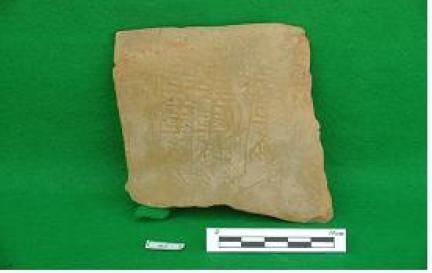국가유산 종목별 검색
경기도 기념물
평택비파산성지 (平澤琵杷山城址)Bipasanseong Site of Pyeongtak
| 분 류 | 유적건조물 / 정치국방 / 성 / 성지 |
|---|---|
| 수량/면적 | 1 |
| 지정(등록)일 | 2005.10.17 |
| 소 재 지 | 경기도 평택시 금곡3길 78-32 (안중읍) |
| 소유자(소유단체) | 김경승, 평택시 외55 |
| 관리자(관리단체) | 평택시 |


경기도 기념물
평택비파산성지 (平澤琵杷山城址)Bipasanseong Site of Pyeongtak
| 분 류 | 유적건조물 / 정치국방 / 성 / 성지 |
|---|---|
| 수량/면적 | 1 |
| 지정(등록)일 | 2005.10.17 |
| 소 재 지 | 경기도 평택시 금곡3길 78-32 (안중읍) |
| 소유자(소유단체) | 김경승, 평택시 외55 |
| 관리자(관리단체) | 평택시 |

ⓒ 2000. CULTURAL HERITAGE ADMINISTRATION. ALL RIGHTS RESERVED.



 문화유산
문화유산


